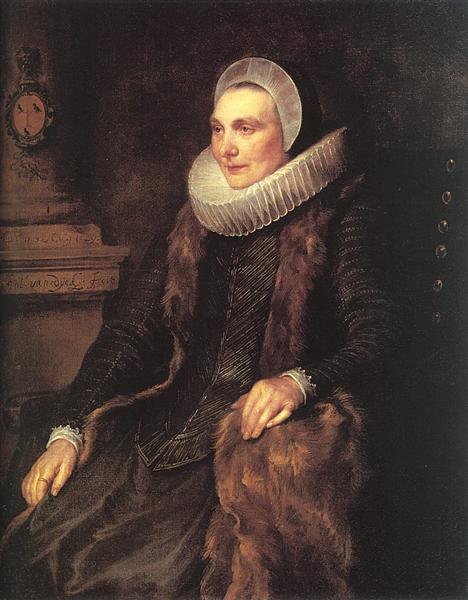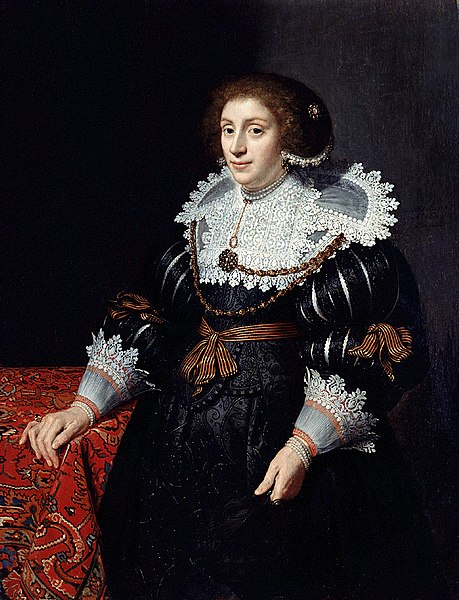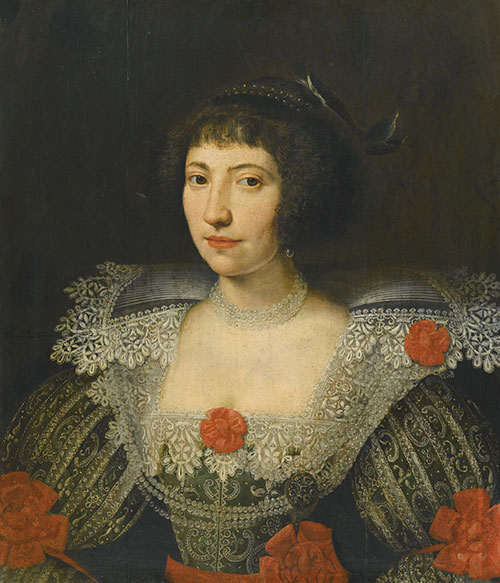 Recently, we’ve published a material about mid-17th-century clothing in Europe: Gowns of ladies in the 1640s in Europe. Lace, silks, shorter sleeves, and pantaloons. We mentioned in it that middle-class women wore coifs and hats on their heads, so, obviously, they didn’t need any fancy hairdos. But what about the court ladies? Surely, they didn’t use coifs when going to a ball. Let’s examine their hairstyles and find out why they looked like that. And also, we’ll distinguish several curious peculiarities of this period’s hairdos.
Recently, we’ve published a material about mid-17th-century clothing in Europe: Gowns of ladies in the 1640s in Europe. Lace, silks, shorter sleeves, and pantaloons. We mentioned in it that middle-class women wore coifs and hats on their heads, so, obviously, they didn’t need any fancy hairdos. But what about the court ladies? Surely, they didn’t use coifs when going to a ball. Let’s examine their hairstyles and find out why they looked like that. And also, we’ll distinguish several curious peculiarities of this period’s hairdos.
The article is based on the video by Natalya Skornyakova: https://www.youtube.com/watch?v=4ZSghK-Q518
The majority of ladies in the 1600s-1620s wore their hair in an updo and adorned it with various hairpins, feathers, hair jewelry, etc. Why did they like updos so much? Because they didn’t have much of a choice. One of the fashion trends at the time was a high starched collar – lace collar, ruff, and other similar constructions. So, the hair had to be up to coexist with these collars.

Maria Bosschaerts, Wife of Adriaen Stevens by Anthony van Dyck, 1627. This painting is stored in Mauritshuis, Netherlands
Later, the collars begin to gradually drop down, turning into cape collars and different wide lace collars that covered the shoulders. At the same time, the hairstyles were lowered down as well.

A Woman by Michiel Jansz. van Mierevelt, 1630
But the most curious detail of mid-17th-century hairdos is the appearance of a bang. It quickly became popular because added a touch of cuteness to a stricter hairstyle of earlier period.

Portrait of a woman, probably Bernardine van Raesvelt by Paulus Moreelse, circa 1650s. This painting at Sotheby’s
It was typical for ladies during this era to cut their hair to about medium length. So if you thought women always wore the hair long until the 20th century, that’s a myth. They did cut it and comparatively short.
A lot of hairstyles in the mid-1600s were rather simple. But notice that volume updos were fashionable. For those ladies with wavy or curly hair, it wasn’t a problem. But how about women with straight hair? They either curled their locks or used special hair accessories to add extra volume. Often, ladies wore hairstyles with a lot of volume at the sides of the head, near ears. These hair puffs were called “bouffons” or “touffe”.
At the back of the head, the hair was made into a knot of various sizes and shapes. It could be a simple small knot or an elaborate construction with some hair accessories involved. By the way, most of these hair jewelry and hair accessories were worn right at the nape.
Another typical feature of this period’s hairdos is white hair powder. Ladies used hair powders of different colors (fair, dark, silver, goldish, violet, and so on) for centuries, but in the 1620s-1640s, the most trendy shade was white, so women of any age looked like they had silver hair. We often see it in portraits from that era.


